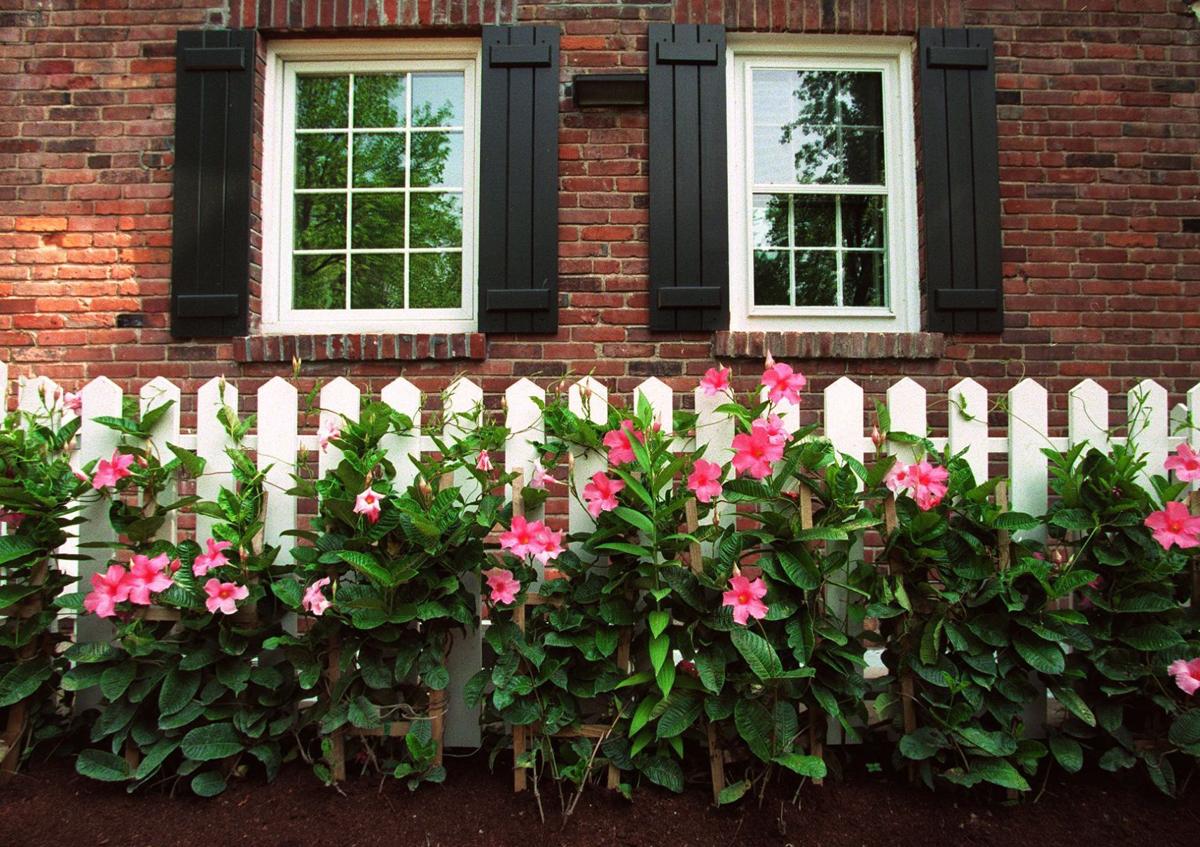Q • We have a mandevilla that does wonderfully outdoors in a pot and survives indoors in the winter. The problem is it tends to try and bloom while indoors. Should the plant be set into a dark area and allowed to go dormant?
A • If you have a room or window in your home that allows your mandevilla to bloom after you bring it indoors, why not let it do so and enjoy the flowers? Many tropical plants will continue to open buds and flower after a summer outdoors, before their growth finally slows in response to unfavorable indoor conditions. The winter is long, and there is plenty of time to put your mandevilla into dormancy if conditions in your home dictate the necessity.
Mandevillas are best kept in a greenhouse with full sun, warm temperatures and humid air throughout winter. The harder it is to duplicate these conditions in your home, the more likely your mandevilla will shed all its leaves and rest for winter. However, they are forgiving plants and rugged enough to be overwintered in a semi-dormant state with the reduced light and cooler temperatures typically found in the average basement.
Water dormant plants sparingly, as they will rot if kept too wet. Prune after flowering. Control size by cutting back the main stems to a desired length and shorten the lateral shoots that grow out from the main stems to two or three buds each. Additional pruning may be necessary in spring to remove dead wood and force vigorous basal shoots. Repot every spring using a fresh soil mix that is well-drained and high in organic matter. Don’t move a mandevilla outdoors until all chance of frost is past and night temperatures stay above 50 degrees, usually mid to late-May.
Write to Chip Tynan of the Missouri Botanical Garden at chip.tynan@mobot.org or Horticultural Answer Service, Department PD, P.O. Box 299, St. Louis, Mo. 63166. Check his blog at: mobot.org/gardeninghelp/hilight.asp

